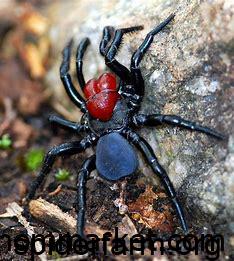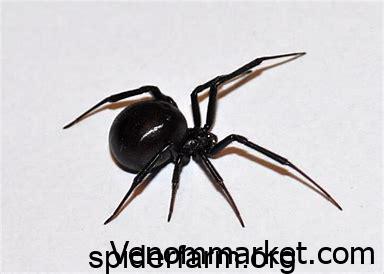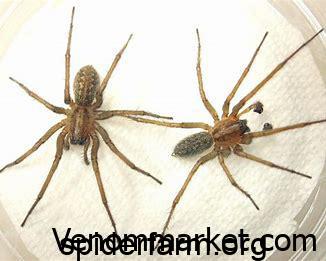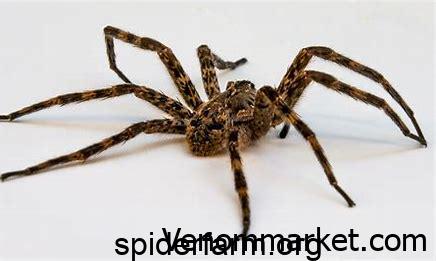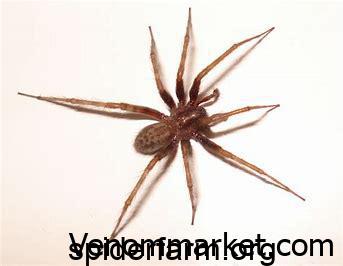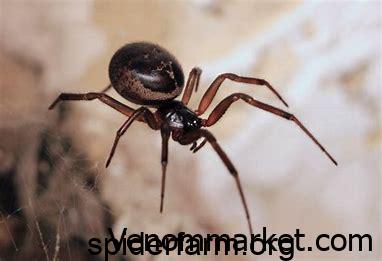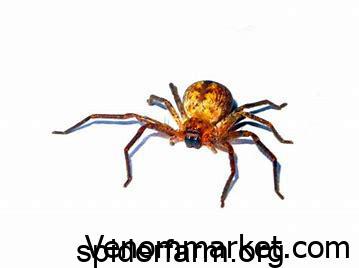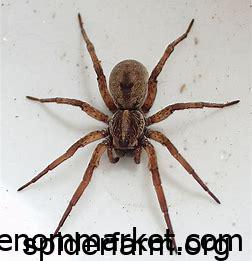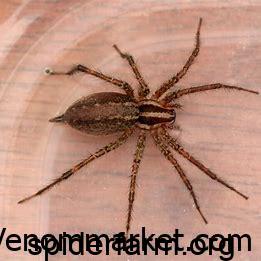Scorpion venom
Scorpions are poisonous–
Yes, the scorpions produce poison in their bodies. The horrible scorpion is actually made up of 5 abdominal parts with a upright nose and a sharp pointed tip called “telson”. Venom is made in the Telson area, at the end of which there is a narrow, narrow duct like a needle called the aculeus, and in fact the poison is injected through the sharp tip into the victim’s body. Scorpio can control the time of production of poison and the amount of power of this poison, based on the need to kill their predecessors or defend themselves against hunters.
All scorpions are not dangerous-
Scorpion venom:Certainly all the Scorpions will bite and the pain from their bite will not be pleasant. But the fact is that with only a few exceptions, the Scorpions do not have much to do with humans. Of the 2,000 known species of scorpions in the world, only 25 species of pork are so strong that they can endanger the lives of an adult. Children are more vulnerable to scorpion venom because their body size is smaller. In the United States there is a scorpion called “Arizona bark scorpion” in the wilderness of Arizona, where poison would easily kill a boy. Fortunately, the antidote of this deadly poison has also been discovered.
Hemiscorpius is a Hemiscorpiidae family. Hemicircope scorpions have 15 known subspecies in the world. Of these 15 subspecies, 6 subspecies have been identified in Iran, 5 of which are Endomic Iran and are not identified elsewhere in the world. The only species that can be seen outside Iran’s borders is scorpion or Hemiscorpius lepturus. The distribution of the Hemisphereidae family is in East Africa, the Arabian Peninsula, Iraq, and Iran, with the same type of hemisphere having the same dispersal, except that subspecies have much more limited geographical distribution. The hemisphere species was first identified in 1861 by Dr. Peter, and subsequently another subtype was introduced
 .
.
The poison of this scorpion causes a skin necrosis in an injured person due to its cytotoxic cytotoxicity. Due to the apparent similarity of all six subspecies in Iran, the common people mistake all subspecies with subspecies of the Gordian scorpion, and all the subspecies are called Guardium, while the Scorpion Guardium is only one of the six subspecies known in Iran. The bite of this scorpion is very common in the southern regions, and many people suffer many bites of this scorpion every year.
Scorpion venom
In the subtype of hemicrospellus, lepturus or gardium, body size has been reported in a scorpion between 50 and 85 mm. The body is very flat and narrow, usually yellow or brownish-brown, with a dark longitudinal strip visible on the abdominal area. The tail length is usually longer than the other scorpions. More than the sultry, wet and hot areas of Asia and the Middle East. Usually they enter the houses in these areas. It feeds on insects and arthropods. Hides a very narrow body and flat in the seams and grooves.
The location of the bite is similar to grade 3 burn and its recovery is very slow. The poison is a very strong scorpion with neurotocystic, cardiotoxic and hemotoxic properties. Venom will cause the surface tissue of the affected necrosis to expand (the venom has a lot to do with the venom of some vermilas) and cause secondary renal failure. Many scorpion bites of this type of scorpion have caused death. In Iran, 2 to 5 percent of this type of scorpion leads to death.
This non-digger scorpion, also known as gardium or gaudium, is abundant in southern and southwestern Iran. The males are demyally, but in females, the length of the tail is shorter. There are rumors that if the victim’s bite takes only 5 minutes to take anti-poison antibodies, it is scientifically unreliable if it is not paralyzed and the severity of muscle contraction is so severe that sometimes the victim’s jaws are removed from their area. And such a report is not available. The venom of this type of scorpion can easily make a mature man, while the venom of other scorpions only has side effects. Also, the venom of this scorpion can destroy red blood cells. In the southern regions of Iran, they also recognize the scorpion as a scorpion of death
Scorpion venom

The introduction of the Scorpion hemi (Guardian)-
Today I want to get acquainted with the scorpion of Hemi Scorpius Lepturus. This scorpion is one of the most dangerous Iranian scorpions for a child with a name called Hemi, Guardiya and Scorpio. It is a scar … The scorpion is small, and the male and female are distinguished by the appearance of the midwife … so that the male breed The taller and the body is stretched … the adult size in the females is 5 cm and in the male is 8 cm … Since the bite of this animal is not too painful, the person who has picked up the scorpion may not notice the selection and actions Do not take the right care immediately … that it can be very dangerous … For the poison, this scorpion has cardio toxin and homo toxin, and at the same time it can be wall The heart of Ronabod and destroy the blood cells and cause the death of a scorpion … Scorpio Hemic Scurpius Lepturus is a kind of a hole that has a clear yellow body to the coat … Tongues and fingers are bright yellow and the ends of the tongs are coffee You want to be reddened … If you look very carefully, the ends of the legs are seen in brown spots … the example that I am here is a substance and pregnant, therefore, we do not want to hurt it … with this scorpion and its features in classes You will become acquainted with the education and you will work closely with it and you will find all its features on the courses … Scorpio Hemmi A very sensitive species that has the highest mortality in the movements … This scorpion has a very small tuberculosis, and the amount of mucus that it causes is very low, but acts very well in the poison. The venom of this scorpion is one of the most valuable venomous ones




